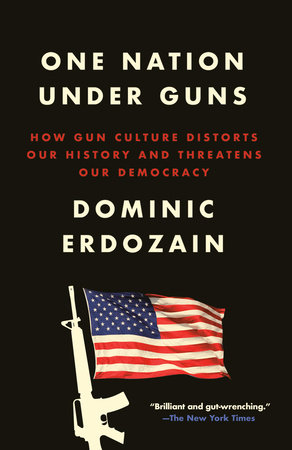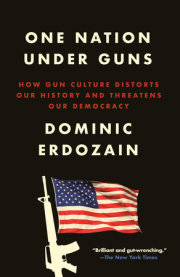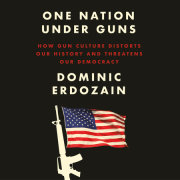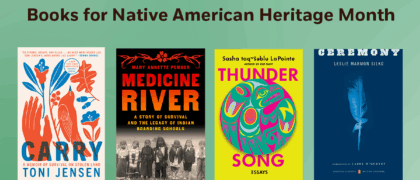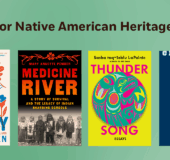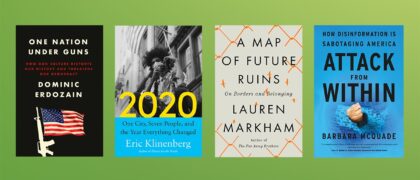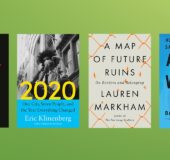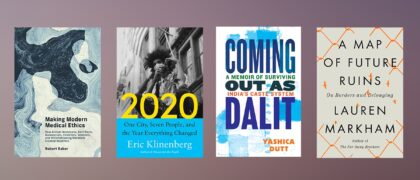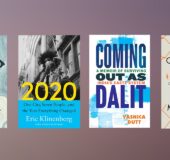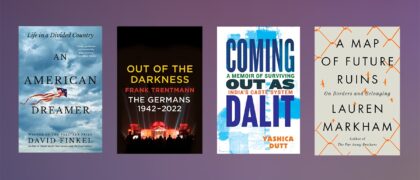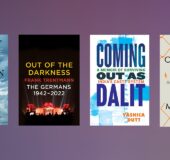Chapter 1 The Myth of the Law-Abiding Citizen I never knew a man who had better motives for all the trouble he caused.
—Graham Greene,
The Quiet American Richard Venola was a pillar of the gun culture—a retired U.S. Marine who wrote a fiery column for
Guns & Ammo magazine, having previously served as editor. Venola was a vivid and engaging writer, expert at drawing the reader into the zip and terror of a shoot. He loved to dispel stereotypes about the “bitter, clinging types” of the gun community, tirelessly asserting the claims of the gun owner as “a person of substance and responsibility.”
Venola was not merely a defender of gun rights: he was an evangelist—a restless advocate of firearms-as-citizenship, and the importance of supporting organizations such as the NRA. In an absorbing piece on “Empowering the Euros,” Venola described the pleasure of teaching European travelers how to shoot, and the confidence that the experience generated in the tourists. Coaching a Dutchman into the “John Wayne position,” Venola described the transformation “evident in the eyes” of the visitor as he began to master a semiautomatic rifle. “It was almost as if an aroma of personal independence was drifting over him instead of oil smoke coming off the barrel,” he wrote.
“So much power,” marveled the Dutchman. “And anyone can own one of these?”
“Yes,” Venola responded, “and they
should if they have not committed a felony and are not crazy. This,” he added, “is what keeps our politicians from getting rid of the Bill of Rights.”
Such was the theory. On a warm night in 2012, Venola shot and killed a neighbor after an evening of high spirits. James O’Neill was unarmed and facing away from Venola’s house when Venola shot him in the shoulder, killing him as the bullet passed through the heart. The men were friends and had spent the evening drinking before the amity dissolved in a haze of liquor. Venola claimed that O’Neill had turned to grab a weapon from his house, and that his life was in danger. He had killed in self-defense.
State prosecutor Rod Albright disagreed. “An extremely drunk man shot a friend in the heart,” said Albright. “That’s murder.” “He had so many possible options,” Albright advised the jury when the case came to trial. “Did he need to use deadly force?”
Perhaps not. But the law was on Venola’s side. The state of Arizona allows a resident to use deadly force if they believe their life is being threatened—“believe” being the operative word. Venola’s state of intoxication did not impair his credentials under that heading. The prosecution needed to prove beyond reasonable doubt that he had
not acted in self-defense, which was impossible when the only eyewitness was dead. When successive juries failed to reach a verdict, Venola walked. Exhausted and relieved, he said the process had restored his faith in American justice. How would the saga feed into the national debate on firearms? wondered a reporter. “That’s a little over my head,” demurred Venola. “People on both sides are going to infer what they want. All I know is that I’m alive.”
The killing of James O’Neill was the classic American homicide: starting with an argument and ending with a bullet. O’Neill was just one of the hundred lives lost to firearms every day in America. The cost is more than the numbers. It is the fear, the anxiety, the dread of public spaces that an armed society has created under the tortured rubric of freedom.
It does not have to be this way.
The norms of today are not the norms of American history or the values of the founders. They are the product of a gun culture that has, for now, won its battle with the Constitution and imposed its vision on a sleeping nation. How did this new freedom, this godlike entitlement to deadly force, talk its way into American law? How did citizens become kings?
The first answer, and the foundation of all others, is a myth of innocence—what I call the myth of the law-abiding citizen. It is the belief that mass shootings and domestic violence are exceptions to the rule of responsible gun ownership, and that any attempt to go after “the criminal element” must be studiously mindful of this silent and saintly majority. It is a theory that attaches guilt and risk to one portion of the community, and perfect innocence to another, so that any attempt to curb the flow of weapons meets the same protest: We are not the problem! You cannot make “peaceable and innocent gun owners” suffer for the crimes of “the guilty,” as NRA chief Wayne LaPierre protested in the pages of
American Rifleman. The law-abiding citizen is not only safe and responsible in the use of firearms: he is brave and courageous against the bad guy.
This is the belief that has stood in the way of gun control from the days of Franklin D. Roosevelt to the present, the difference being the degree to which liberals now accept a version of the glib dichotomy. Screen for troublemakers, and all will be well! Not only is the theory flawed on the practical level, but this doctrine of innocence is one of the engines of violence in America: an inducement to kill based on an illusion of purity. The good guy, it seems, is not the solution: he’s the problem. The first truth of the gun culture is a raging myth.
Copyright © 2024 by Dominic Erdozain. All rights reserved. No part of this excerpt may be reproduced or reprinted without permission in writing from the publisher.

